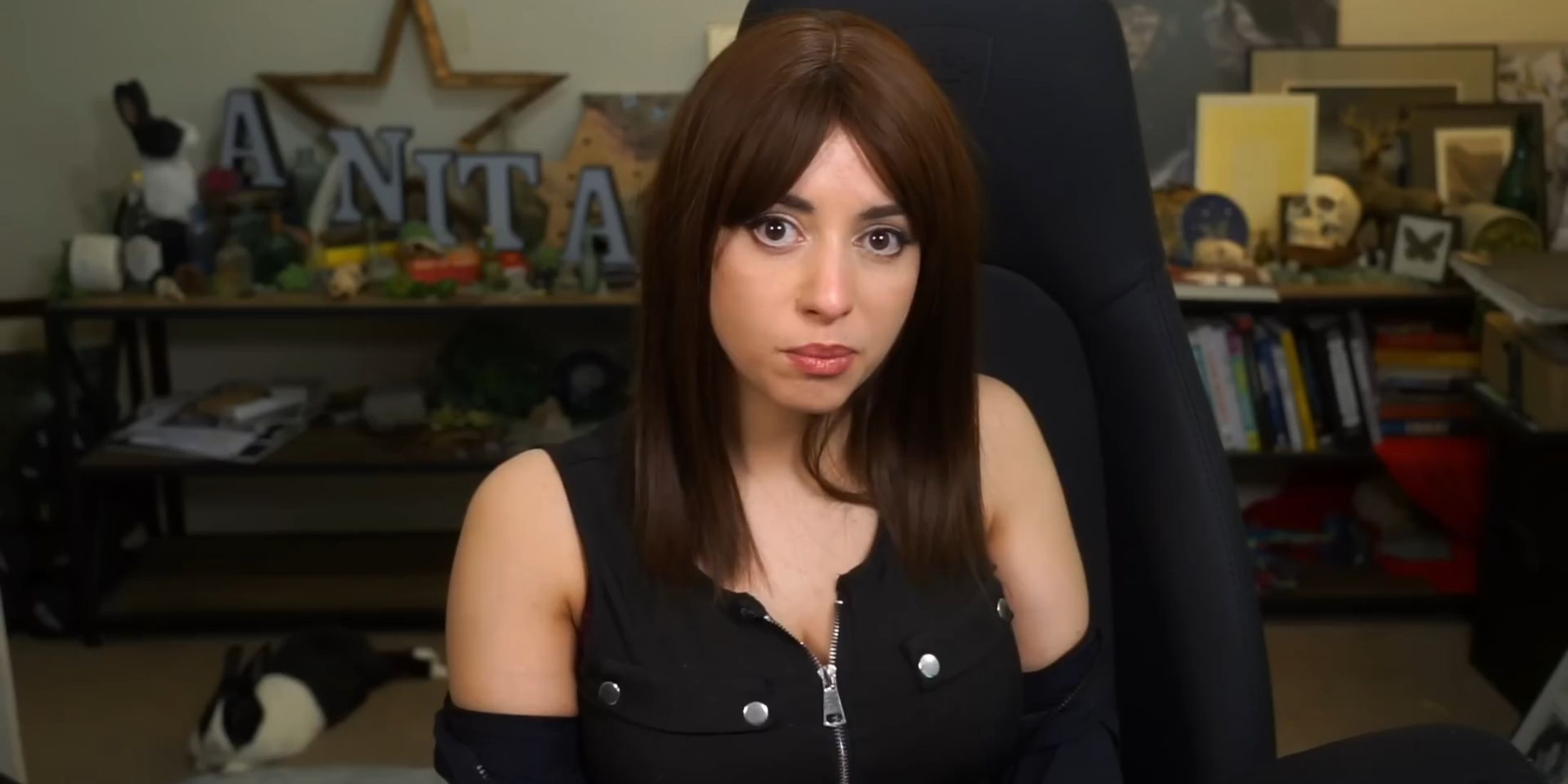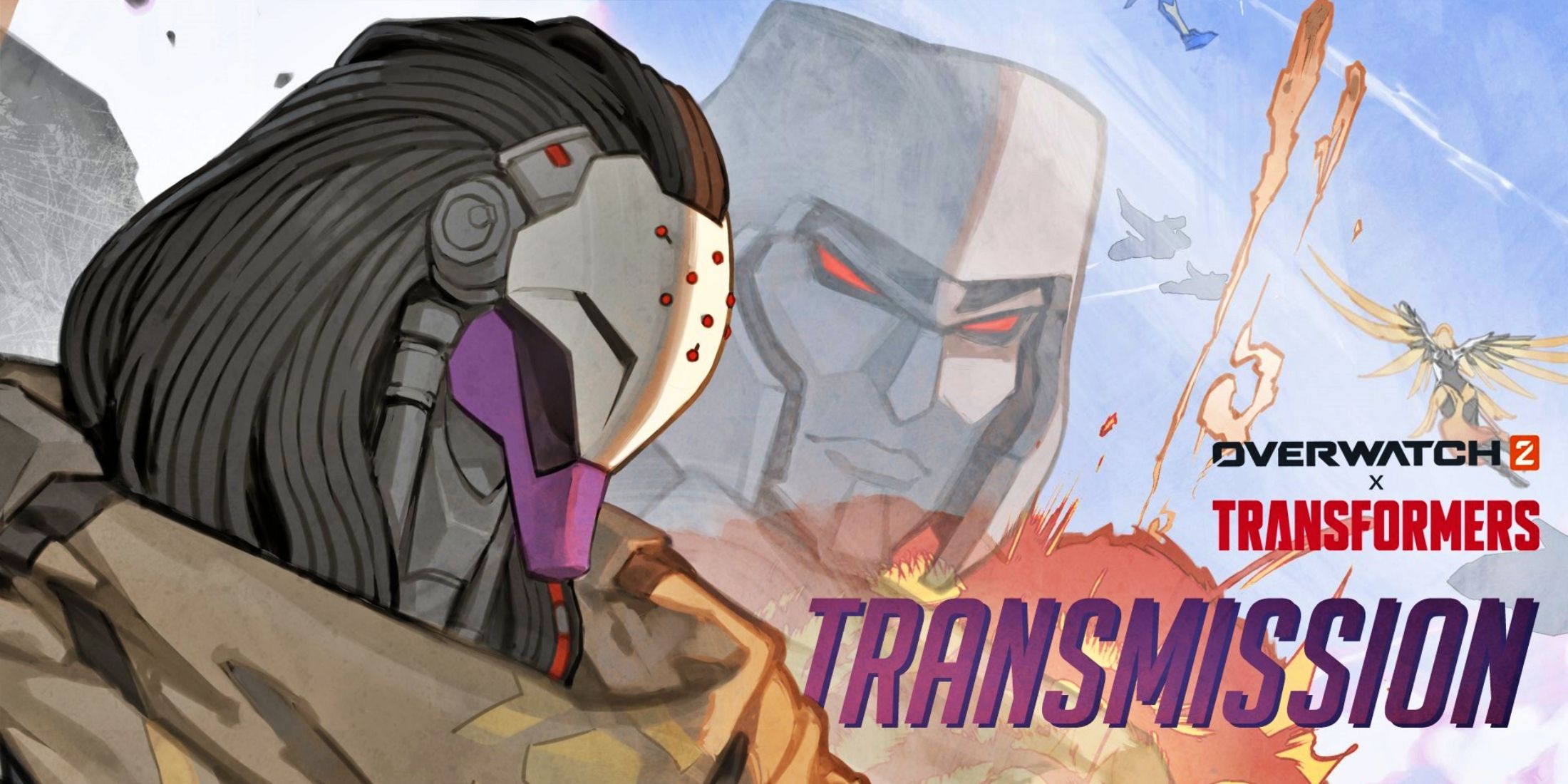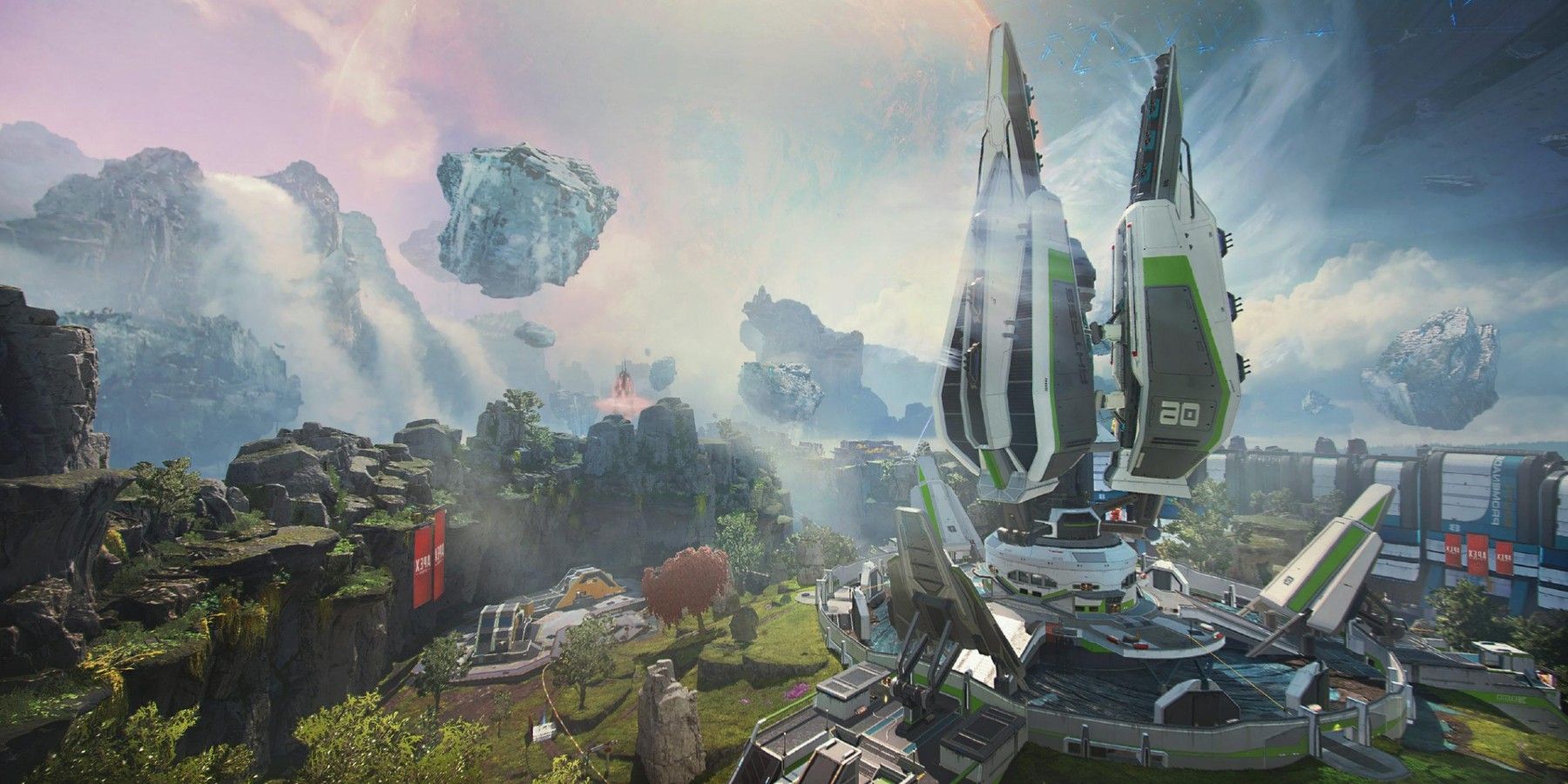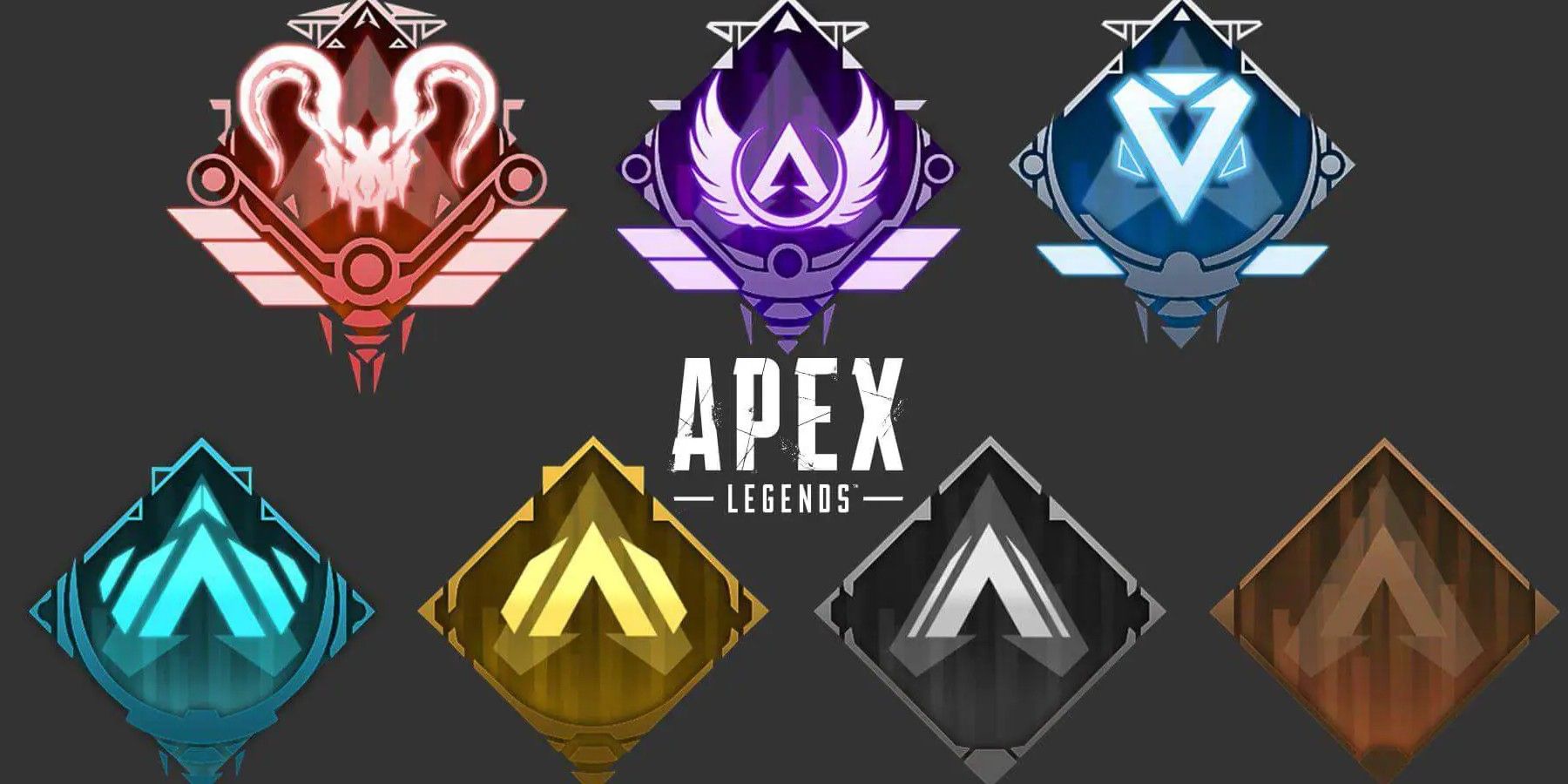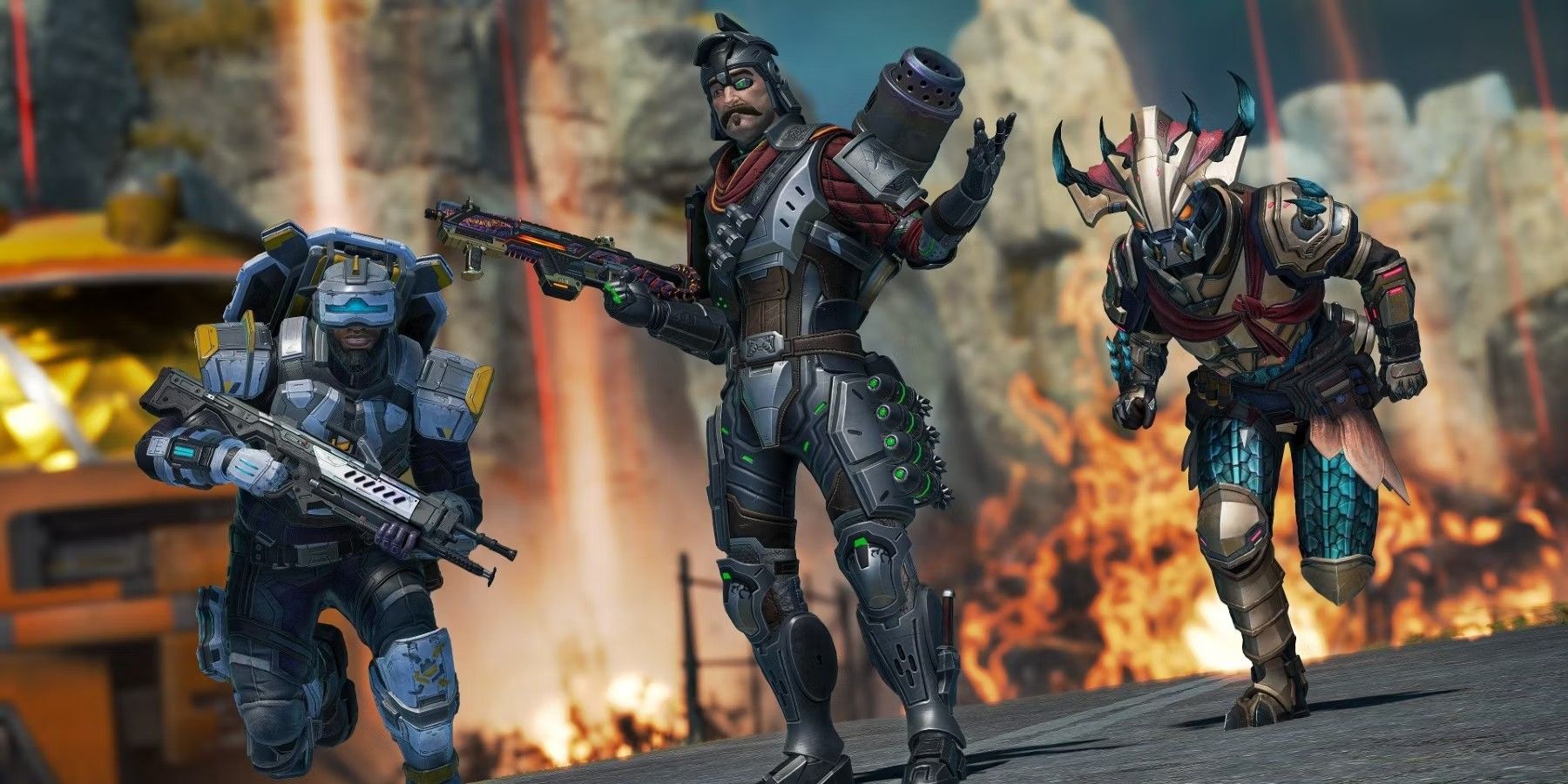While most battle royale games would rather forgo competitive play, Apex Legends revels in it. Respawn Entertainment does its best to balance every legend, weapon, item, and map so that new players and pros alike can duke it out in the game's ranked modes. While numerous issues need to be addressed (matchmaking, audio issues, and legend reworks, just to name a few), Apex Legends' Ranked Leagues is one of the few games in the genre that are relatively balanced.
One of the key differences between Ranked Leagues and the normal Duos and Trios modes is that each season of Apex Legends since season 4 has been divided into 2 ranked splits. Each ranked split lowers players' previous ranks by a small amount, which pushes them to grind Ranked Leagues and become better players. The highest rank attained during each season's ranked splits determines players' final ranking and their rewards. Apex Legends' Ranked Leagues has a lot of nuances to it, but one thing that should be looked into is how each ranked split relegates players to fighting on a single map.
Every Month Is Deja Vu
Since Season 4: Assimilation, Respawn Entertainment has assigned a map for Each Ranked Leagues split. Back in the earlier days of the game, the first ranked split of each season would be an older, un-reworked map. This made it easier on players as they were more familiar with the setting and could easily get their bearings. The maps that were reworked or newly introduced would then serve as the main stage for the second ranked split. This made sense, as players would be able to learn the ins and outs of the newer maps within the safety of Duos or Trios and not have to worry about their lack of map knowledge affecting their ranking.
Nowadays, however, Apex Legends likes to put its newer stages up front for the first Ranked Leagues split. Season 15: Eclipse is the latest example of this practice, as its first ranked split featured the new map, Broken Moon. This makes it much harder for players to get into Ranked Leagues right as the season starts, as they don't know the map's layout by heart. Regardless of which map is featured in Ranked Leagues, players have to play on it for roughly a month or so until the next ranked split introduces another battlefield.
One Map Per Ranked Leagues Split Doesn't Make Sense
While having one map per Ranked Leagues split ensures a sense of familiarity with a single setting, it doesn't take long for tedium to set in. It is understandable for a new map like Broken Moon to be the focus of attention for a few days, but doing the same thing for older maps like Olympus and World's Edge doesn't make sense. Players who grind Ranked Leagues are typically familiar with all of Apex Legends' maps and don't need to play them over and over again. Likewise, those who want to learn the maps can go to Duos or Trios and practice over there.
Speaking of the aforementioned modes, both Duos and Trios work on a map rotation system that would be welcome in Ranked Leagues. It adds variety to the mode and keeps things from becoming stale. Even Ranked Arenas - the competitive version of Apex Legends' Arenas mode - implements map rotations that, while doesn't do much for the mode's dwindling player count, still make it enjoyable for players who want to grind it. There is no reason why a single map should be the sole focus of each Apex Legends Ranked Leagues split. The game's other modes don't confine themselves to such a system, and considering how many players are getting into the ranked battle royale mode, a little variety would be much appreciated.
Apex Legends is available for Mobile, PC, PS4, PS5, Switch, Xbox One, and Xbox Series X.

